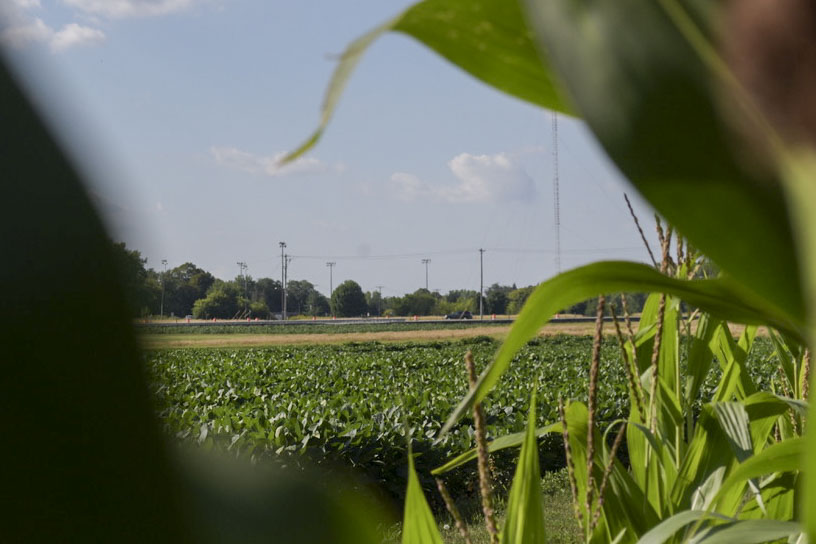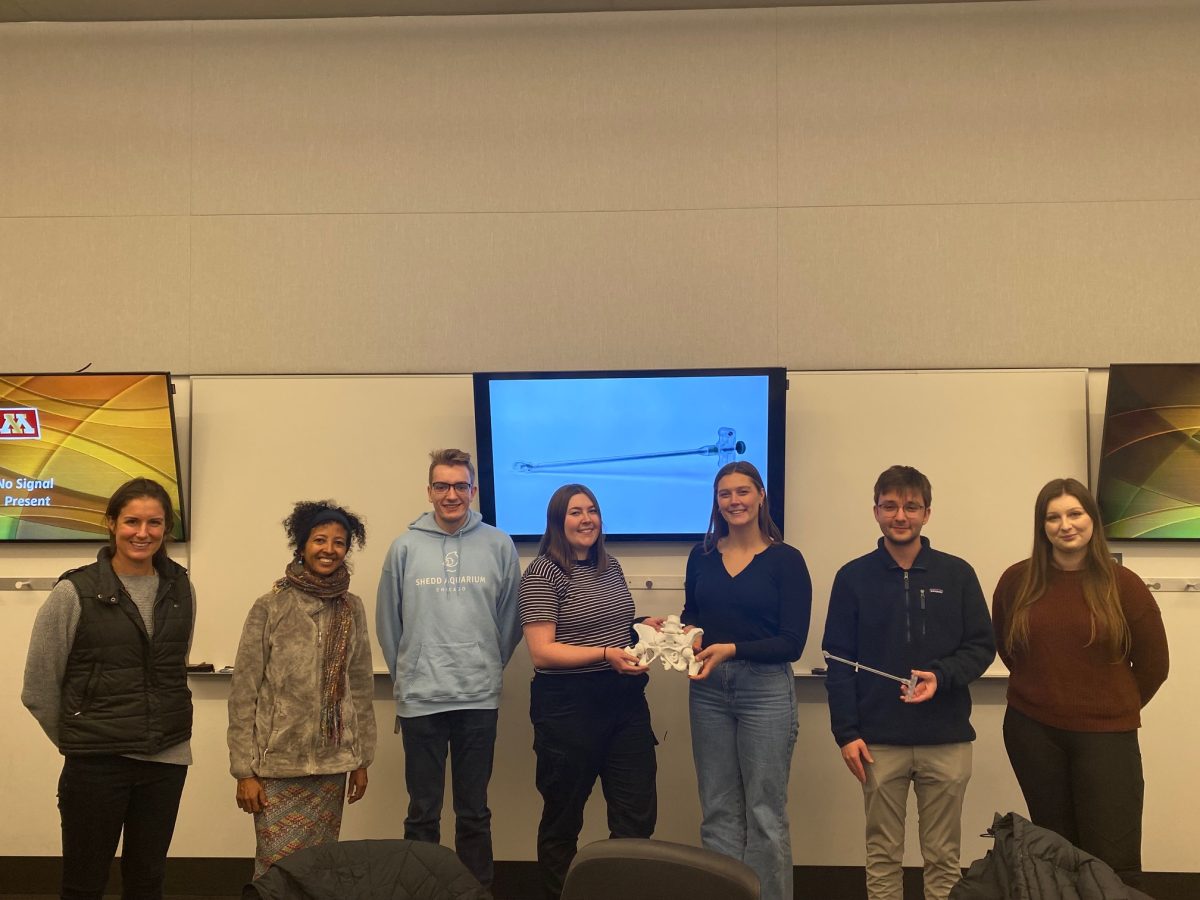A University of Minnesota researcher teamed up to work with a researcher from the Chicago Botanic Gardens to understand how the use of controlled fires affects prairie landscapes and its effects on pollination with the Echinacea plant.
Amy Waananen, a postdoctoral research scientist at the University, partnered with Stuart Wagenius, who is a conservation scientist at the botanic gardens. Wagenius started the Echinacea project in 1995 to focus on the Echinacea plant in Western Minnesota agricultural landscapes.
The Echinacea project works towards what Waananen’s research is centralized around: the study of habitat fragmentation with the goal of understanding the biological aspect of the plant and how they can conserve the prairies and plants that live among them.
Periodic fires and the importance of pollination
Periodic fires in prairies help plants flower and reduce the amount of weeds that grow, benefiting the prairies, Wagenius said. The Echinacea plant doesn’t produce a large amount of heads, as the largest she has seen in her research is 20, Waananen said.
The plant itself has defined heads that are easy to count and usually starts with a singular head and sometimes grows more after a fire, Waananen said. This trait makes it easy to survey and cover large areas of prairie, along with its purple color.
A prairie is a habitat dominated by grasses and herbaceous plants.
The research team only uses periodic burns that call for calmer winds, not too hot of weather, sewer beds not being too dry and conducting a thorough mowing of the plot of land prior to starting a fire, Waananen said.
In the last 20 years, the rural landscape of Minnesota has changed, and this research aims to help bees and other pollinators as other species are starting to disappear, Wagenius said. Prescribed burns are one aspect that can help pollinators find good places to live and nectar to feed from.
“Even though it’s rare, prairies are still out there,” Waananen said. “So maybe slow down and try and take a look and understand what’s around you, because you might find more than you expect.”
The Echinacea project from a student perspective
Third-year student Emma Reineke, who got involved in the Echinacea project in the summer of 2021, said the project helped her understand the scientific process, how to design experiments, how to move forward after adversity and accept that there will be bumps along the road.
Reineke’s most recent co-project looked at the way dust impacts the health and fitness of the plant by placing dust on the heads of the flowers. At the end of the season, she cut the flowers and counted how many seeds were present as a sign of being able to reproduce, Reineke said.
Many of the plants were stolen by ground squirrels, resulting in a loss of nearly 25% of the plants, Reineke said. Coming back for a second year, she was able to collect over 60 heads to analyze, using vaseline on a paper filter to see the dust better.
Reineke said all of her data was lost in transit as it was being mailed. She hopes to get the seeds back to continue to observe and analyze the Echinacea because it is a model species that can be applied to multiple things.
The project has members from all over the nation. Reineke said the first day of research, the group toured the prairie and learned about how an ecosystem can change over time.
“I really just can’t highlight how amazing the experience was for me,” Reineke said.






















